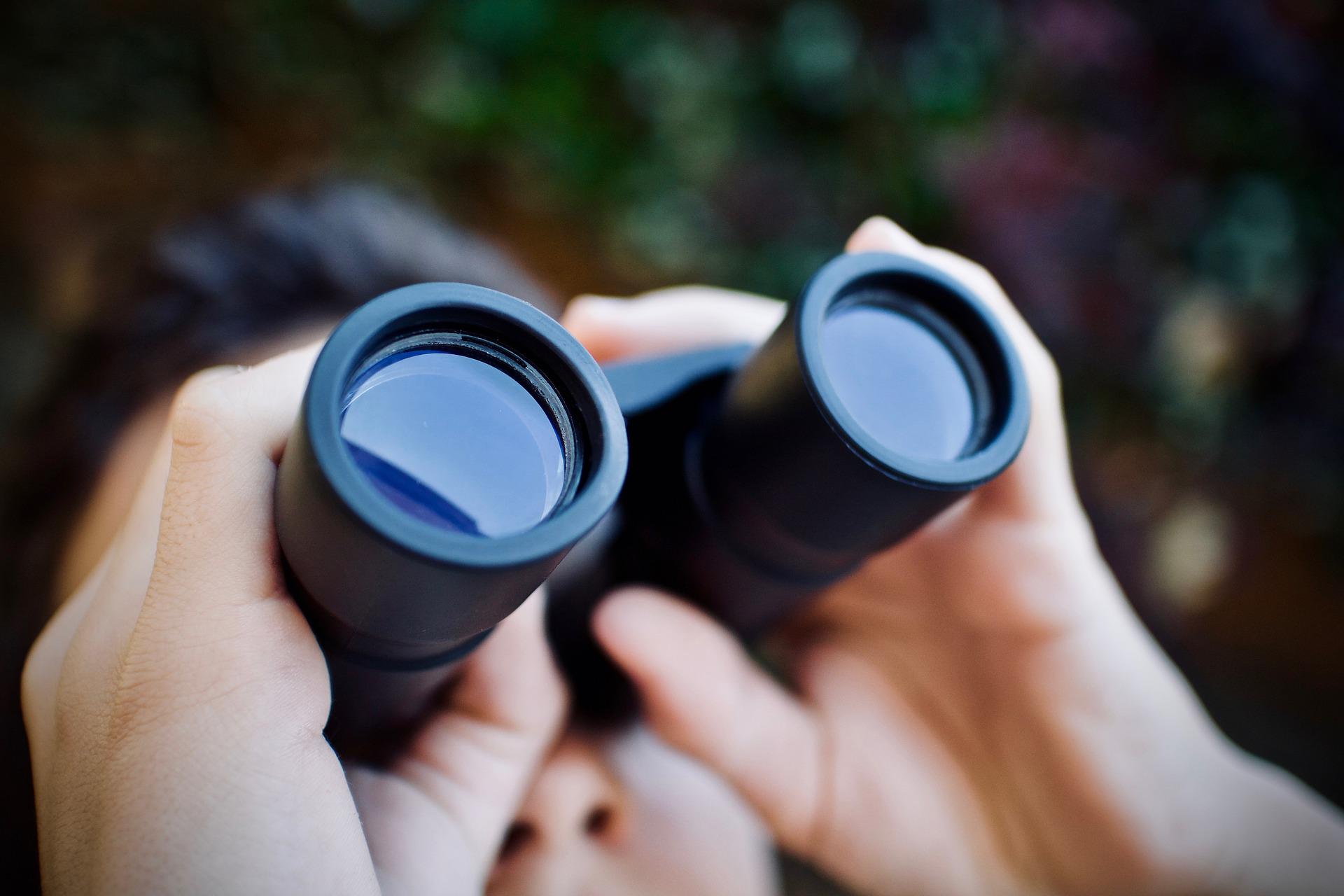A pair of marine binoculars is an important safety tool on board your vessel. Every professional sailor should carry this equipment to detect another boat or the entrance to a port. This accessory also allows you to estimate the distance of the ship from a landmark on the coast. In this article, discover the essential criteria for choosing the best pair of binoculars.
Waterproofing and buoyancy of your binoculars
Marine binoculars are usually exposed to sea water and rainwater. Make sure your tool is completely waterproof so that it does not degrade with moisture. Your equipment should also be buoyant so that it stays afloat when accidentally dropped from your hands.
The magnification of your binocular
Most marine binoculars use a x7 magnification. This means that the subject under observation is 7 times larger than the real thing. Remember that ships move all the time. If you choose binoculars with too high a magnification, the comfort of your vision will be impaired and the image will be unstable.
The non-slip coating of your binocular
When sailing, the constant movement of your boat can cause your binoculars to fall out if they are not properly secured. To deal with this, look for binoculars with a non-slip coating.
Your binocular’s bearing compass
Your binoculars should have an integrated compass so that you can take accurate readings. You can use the graduations in the sight to calculate the distance from your boat to a landmark. A model with an illuminated compass is more practical for night-time use.
Anti-fogging treatment of your binocular
Temperature differences and the humid environment on board your vessel generally cause the lenses to fog up. To avoid this, look for binoculars that have an inert gas coating to prevent fogging.
The brightness of your binocular
Brightness is an important factor when choosing a pair of binoculars. It varies according to the size and quality of your lens. A large lens will retain light to improve your vision at night or in bad weather. Consider a lens diameter of between 30 and 50 for maximum brightness. In addition, you can observe properly.
The stabiliser of your binoculars
Before you choose your pair of marine binoculars, make sure they have an image stabiliser. There are two main categories of stabilisers: mechanical and digital.
Tips for maintaining your binoculars
Your marine binoculars are a valuable tool. If you want to maximise its life, you need to maintain it regularly. Here are a few steps to clean this equipment.
- Remove particles with a small brush.
- Wipe your tool with a microfiber cloth. You can also use special optical cleaning wipes.






